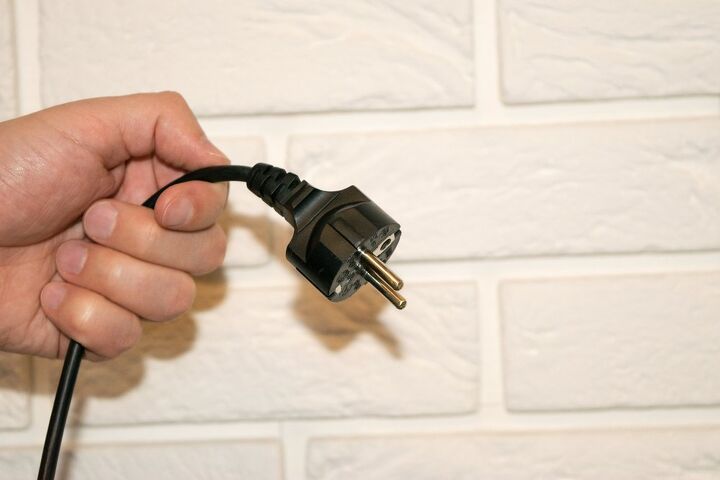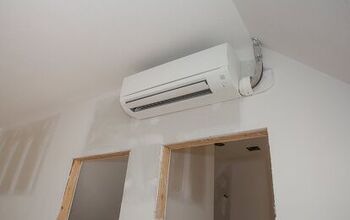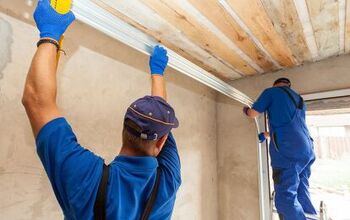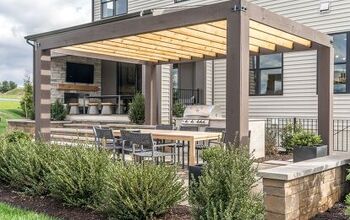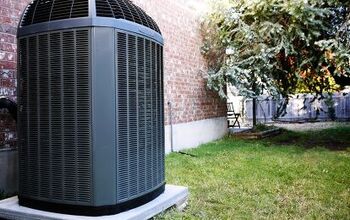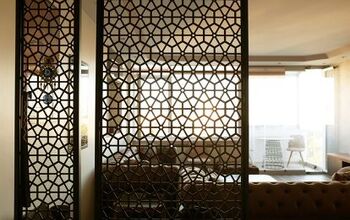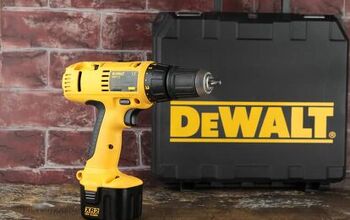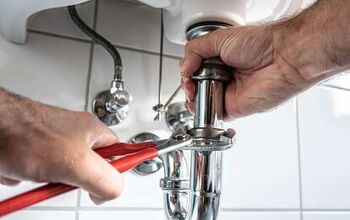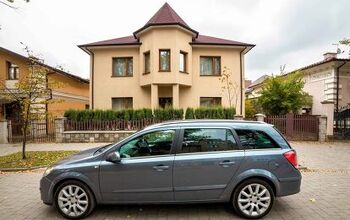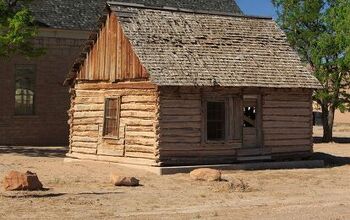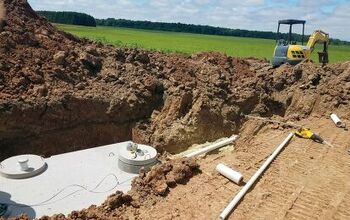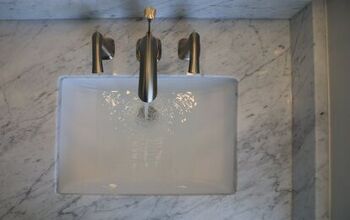Do I Need A Permit To Install 240v Outlet? (Find Out Now!)

We often use 240-volt outlets in our homes to power large appliances like air conditioners and clothes dryers. If you’ve recently purchased a new appliance, you may find that you need a new 240-volt outlet to power it. Can you install it yourself, or is it necessary to get a permit and involve a professional?
You need a permit from your local building authority for major electrical work like 240-volt outlet installation in your home. However, you don’t need a permit if you’re only making minor changes like replacing a light switch, fixture, or outlet. Only skilled contractors and electricians should install a 240-volt outlet; DIY electrical work is dangerous and illegal.
Below, learn more about what a 240-volt outlet is and how it compares to a standard outlet. We’ll talk about why you need a permit to install a 240-volt outlet as well. Finally, we’ll give you a brief overview of the installation process for 240-volt outlets.
Do You Need to Hire an Electrician?
Get free, zero-commitment quotes from pro contractors near you.

What Is A 240v Outlet?
A 240-volt outlet uses two 120-volt wires at the same time. These two 120-volt wires, plus a neutral wire, work together to power a receptacle. Modern 240-volt outlets also have a ground wire.
Does A 240v Outlet Have Three Or Four Prongs?
You’ll see some 240-volt outlets with three prongs and some with four prongs. In general, older homes are more likely to have three-prong 240-volt outlets. More modern 240-volt outlets usually have four prongs.
The switch from three prongs to four prongs happened pretty recently. The reason for this is because the older three-prong outlets only contained two live wires and one neutral wire. Meanwhile, modern four-prong outlets have a ground wire added for additional safety. You’re less likely to be shocked by a four-prong 240-volt outlet.
If you still have three-prong 240-volt outlets in your home, it’s a good idea to rewire your appliances with four-wire plugs. Then, you can install four-prong 240-volt outlets. This will resolve any issues with compatibility and safety.
How Does A 240v Outlet Compare To A Standard Outlet?
A standard electrical outlet has a neutral wire and a single 120-volt wire instead of two 120-volt wires. Standard outlets deliver power with one phase of your electrical service.
When you look at the different outlets, 240-volt outlets are larger than 120-volt outlets. They also have rounded tops and either three or four holes.
Older 240-volt outlets have three prongs. There is a hole that looks similar to a backward “L” on top, plus two diagonal holes on the sides. Newer 240-volt outlets have four prongs. There’s the “L” on top, a half-circle hole on the bottom, and two vertical side holes.
The half-circle at the bottom is for the ground wire, which increases the safety of 240-volt outlets. It reduces the risk of electric shock.
What Appliances Use 240v Outlets?
A 240-volt power supply helps large appliances with motors to run more efficiently. Generally, 240-volt outlets are meant to be used for heavier appliances that require more electricity to run. You’ll see 240-volt outlets used to power ovens, ranges, and cooktops.
These outlets are also used for water heaters, clothes dryers, central air conditioners, and electric car Level 2 chargers.
Is A Permit Needed To Install A 240v Outlet?
The short answer is yes, you do need a permit to install a 240-volt outlet. Anytime you do major electrical work in your home, you’ll need a permit.
Installing new electrical outlets qualifies as major electrical work. You can get your permit from the local building authority or your local Building Codes Division office.
There is some electrical work that does not require you to get a permit. For example, a permit isn’t necessary for replacing a light fixture, outlet, or light switch. It’s when you add new circuits and receptacles that you need a permit. If you’re only adding a single circuit, the permit is often very affordable.
What Is The Installation Process For A 240v Outlet?
Below, find a quick overview of a 240-volt outlet installation. Only skilled electricians or contractors should complete this project.
Step 1: Determine Appliance Requirements
Look at the appliance’s label to determine its voltage and amperage requirements.
Step 2: Install In The Circuit Panel
Turn off the main circuit breaker and snap the new double breaker into place. Make the connections to the ground and neutral bus bars, then connect the two hot wires.
Step 3: Install The New Receptacle Box
Install the receptacle box at the appliance’s location.
Step 4: Strip The Cable Sheathing
Strip the cable sheathing from the cable and run it into the outlet box.
Step 5: Make The Ground Connection
Insert the ground wire into the receptacle’s ground lug and tighten the screw firmly.
Step 6: Make The Neutral Connection
Now’s the time to connect the neutral wire and secure the screw.
Step 7: Make The Two Hot Connections
To make the hot connections, insert the colored wires into the hot lugs. Don’t forget to tighten the screws!
Step 8: Put Wires In Outlet Box
Put the wires into the outlet box and screw it to the wall. Next, install the cover for the outlet and turn on the power to get ready for testing.
Step 9: Test The Outlet
The last step is to test the outlet using a neon voltage tester. Between the two hot poles, the voltage should be 240 volts. It should be 120 volts between a hot pole and the neutral pole. This also goes for the voltage between a hot pole and the ground pole, which should be 120 volts.
Do You Need to Hire an Electrician?
Get free, zero-commitment quotes from pro contractors near you.

Related Questions
How can you tell if you have a 240v outlet?
A 240-volt outlet is larger than a 120-volt outlet. It has a rounded top with three or four holes.
Why use 240v instead of 120v?
You can save space in your electrical panel by using a 240-volt outlet instead of a 120-volt outlet. This also allows for more room for future electricity modifications.
Why is 240v used in our homes?
The simple reason that 240-volt outlets are used in homes is that 240v is the standardized power line. This type of outlet powers large appliances like clothes dryers, ovens, and water heaters.

With a lifelong passion for writing plus strong enthusiasm for home improvement and DIY projects, joining the team at Upgraded Home was an easy choice. Jessica Allen likes to share helpful information with current and aspiring homeowners. Aside from writing, Jessica loves doing yoga, playing the piano, and dabbling in graphic design.
More by Jessica Allen



